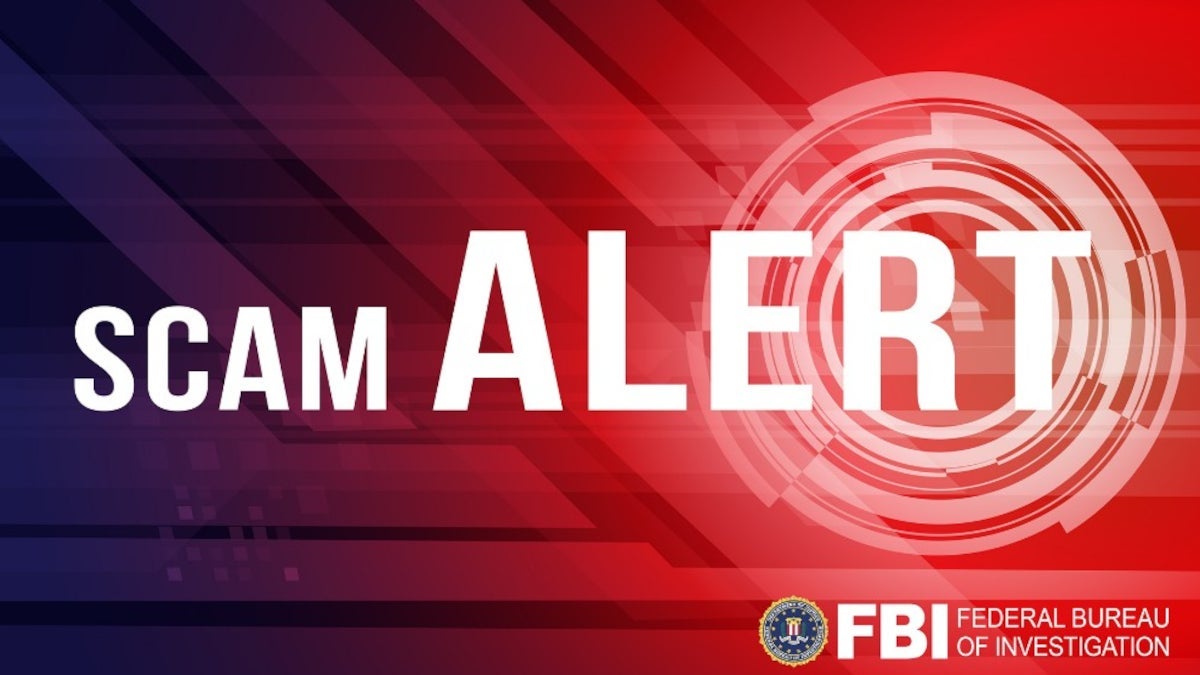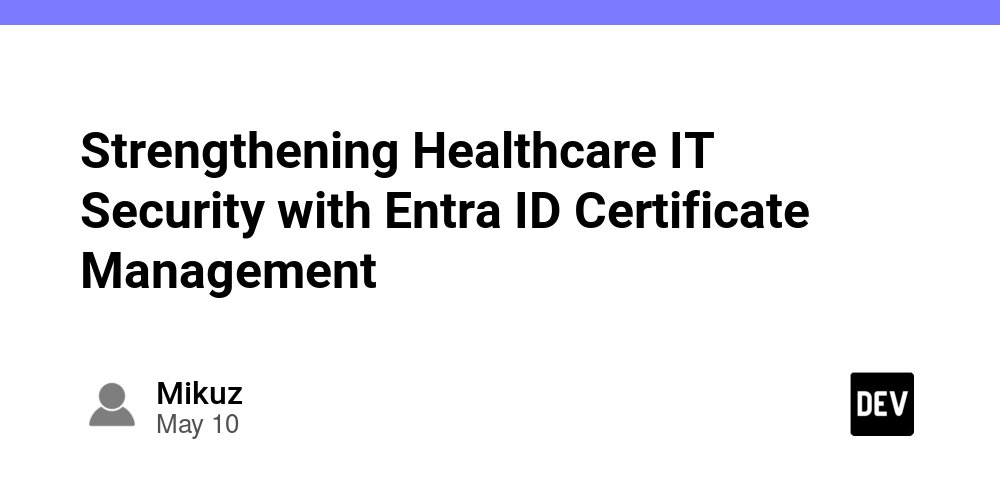How to Secure Multi-Level Subdomains Using a Wildcard SSL Certificate
In today’s web environment, securing your site with HTTPS is a must not just for data protection, but for user trust and SEO credibility. If your site architecture includes multiple subdomains, especially those with more than one level (like dev.blog.example.com), figuring out the right SSL setup can get complicated. Wildcard SSL certificates are often the first solution people turn to for subdomain coverage. They simplify certificate management and reduce costs, but they’re not a one-size-fits-all answer. When your domain structure starts getting deeper to multi-level, you need a more strategic approach. What Is a Wildcard SSL Certificate? A wildcard SSL certificate allows you to secure a main domain and all its subdomains with a single certificate. Instead of managing separate certs for blog.example.com, shop.example.com, and mail.example.com, a wildcard certificate for *.example.com secures them all in one go. The wildcard symbol (*) acts as a placeholder for any first-level subdomain, making these certificates a great option for dynamic projects or businesses expecting growth. You save time and effort by only installing, renewing, and monitoring one certificate. Understanding Domain and Subdomain Levels Before diving deeper, let’s clarify what we mean by domain levels: Primary Domain: example.com First-Level Subdomain: shop.example.com Second-Level Subdomain: secure.shop.example.com Third-Level Subdomain: api.secure.shop.example.com A wildcard certificate for *.example.com will secure first-level subdomains only. It won’t extend to deeper structures like secure.shop.example.com or dev.blog.example.com. Why Wildcard Certificates Fall Short for Multi-Level Subdomains Here’s the catch: wildcard SSL certificates can only secure one level of subdomains. You can’t get a certificate that secures *.*.example.com - Certificate Authorities (CAs) won’t issue them. This restriction exists for security reasons, as it would be nearly impossible to validate ownership and intent for such wide-ranging domain coverage. For example: ✅ *.example.com covers shop.example.com ❌ It does not cover login.shop.example.com or analytics.blog.example.com If your site includes multi-level subdomains, you’ll need to adopt a smarter SSL strategy. Strategy 1: Use Separate Wildcard Certificates for Each Subdomain Group One straightforward solution is to issue a wildcard certificate for each subdomain branch that requires it. For instance: A wildcard for *.blog.example.com will secure media.blog.example.com, dev.blog.example.com A wildcard for *.shop.example.com will cover login.shop.example.com, secure.shop.example.com This strategy works well when you have clear groupings of services or regions under different subdomains. The downside? You’ll be managing multiple certificates, which means more tracking, more renewals, and potentially more headaches. Still, this approach offers clarity and modular control, especially helpful in organizations where different teams or departments manage their own environments. Strategy 2: Leverage Multi-Domain Wildcard SSL Certificates For more complex infrastructures, a Multi-Domain Wildcard SSL Certificate (also called a SAN + Wildcard certificate) offers a scalable and centralized alternative. These certificates allow you to list multiple wildcard entries under one certificate using Subject Alternative Names (SANs). With a single Multi-Domain Wildcard cert, you can secure: *.example.com *.blog.example.com *.shop.example.com *.dev.shop.example.com This makes it easier to manage certificates across large projects with distributed or layered subdomain structures, such as SaaS platforms or enterprise-level websites. You might come across the term "double wildcard SSL" referring to certificates that would hypothetically cover *.*.example.com. In practice, this doesn’t exist. CAs do not issue double wildcard certificates due to the risks and complexities involved in validation. However, you can mimic this functionality by combining multiple SAN-based wildcard entries in a Multi-Domain Wildcard certificate. Best Practices for Securing Multi-Level Subdomains To build a reliable SSL strategy, keep these tips in mind: - Audit Your Domain Structure Before purchasing any certificate, map out all your subdomains. This ensures you’re not leaving anything unprotected and helps avoid overpaying for unnecessary coverage. - Avoid Key Reuse Across Servers While it’s tempting to use the same wildcard certificate across servers, sharing a private key increases security risks. Use secure key management practices to isolate and protect your certs. - Stay on Top of Expirations An expired SSL certificate can bring down an entire site. Set calendar reminders or use automation tools to track expiry dates. - Be Cautious with Certificate Pinning Pinning can add security but also complexity, especially if you’re rotating wildcard or SAN

In today’s web environment, securing your site with HTTPS is a must not just for data protection, but for user trust and SEO credibility. If your site architecture includes multiple subdomains, especially those with more than one level (like dev.blog.example.com), figuring out the right SSL setup can get complicated.
Wildcard SSL certificates are often the first solution people turn to for subdomain coverage. They simplify certificate management and reduce costs, but they’re not a one-size-fits-all answer. When your domain structure starts getting deeper to multi-level, you need a more strategic approach.
What Is a Wildcard SSL Certificate?
A wildcard SSL certificate allows you to secure a main domain and all its subdomains with a single certificate. Instead of managing separate certs for blog.example.com, shop.example.com, and mail.example.com, a wildcard certificate for *.example.com secures them all in one go.
The wildcard symbol (*) acts as a placeholder for any first-level subdomain, making these certificates a great option for dynamic projects or businesses expecting growth. You save time and effort by only installing, renewing, and monitoring one certificate.
Understanding Domain and Subdomain Levels
Before diving deeper, let’s clarify what we mean by domain levels:
Primary Domain: example.com
First-Level Subdomain: shop.example.com
Second-Level Subdomain: secure.shop.example.com
Third-Level Subdomain: api.secure.shop.example.com
A wildcard certificate for *.example.com will secure first-level subdomains only. It won’t extend to deeper structures like secure.shop.example.com or dev.blog.example.com.
Why Wildcard Certificates Fall Short for Multi-Level Subdomains
Here’s the catch: wildcard SSL certificates can only secure one level of subdomains. You can’t get a certificate that secures *.*.example.com - Certificate Authorities (CAs) won’t issue them. This restriction exists for security reasons, as it would be nearly impossible to validate ownership and intent for such wide-ranging domain coverage.
For example:
✅ *.example.com covers shop.example.com
❌ It does not cover login.shop.example.com or analytics.blog.example.com
If your site includes multi-level subdomains, you’ll need to adopt a smarter SSL strategy.
Strategy 1: Use Separate Wildcard Certificates for Each Subdomain Group
One straightforward solution is to issue a wildcard certificate for each subdomain branch that requires it. For instance:
A wildcard for
*.blog.example.comwill securemedia.blog.example.com,dev.blog.example.comA wildcard for
*.shop.example.comwill coverlogin.shop.example.com,secure.shop.example.com
This strategy works well when you have clear groupings of services or regions under different subdomains. The downside? You’ll be managing multiple certificates, which means more tracking, more renewals, and potentially more headaches.
Still, this approach offers clarity and modular control, especially helpful in organizations where different teams or departments manage their own environments.
Strategy 2: Leverage Multi-Domain Wildcard SSL Certificates
For more complex infrastructures, a Multi-Domain Wildcard SSL Certificate (also called a SAN + Wildcard certificate) offers a scalable and centralized alternative. These certificates allow you to list multiple wildcard entries under one certificate using Subject Alternative Names (SANs).
With a single Multi-Domain Wildcard cert, you can secure:
*.example.com*.blog.example.com*.shop.example.com*.dev.shop.example.com
This makes it easier to manage certificates across large projects with distributed or layered subdomain structures, such as SaaS platforms or enterprise-level websites.
You might come across the term "double wildcard SSL" referring to certificates that would hypothetically cover *.*.example.com. In practice, this doesn’t exist. CAs do not issue double wildcard certificates due to the risks and complexities involved in validation. However, you can mimic this functionality by combining multiple SAN-based wildcard entries in a Multi-Domain Wildcard certificate.
Best Practices for Securing Multi-Level Subdomains
To build a reliable SSL strategy, keep these tips in mind:
- Audit Your Domain Structure
Before purchasing any certificate, map out all your subdomains. This ensures you’re not leaving anything unprotected and helps avoid overpaying for unnecessary coverage.
- Avoid Key Reuse Across Servers
While it’s tempting to use the same wildcard certificate across servers, sharing a private key increases security risks. Use secure key management practices to isolate and protect your certs.
- Stay on Top of Expirations
An expired SSL certificate can bring down an entire site. Set calendar reminders or use automation tools to track expiry dates.
- Be Cautious with Certificate Pinning
Pinning can add security but also complexity, especially if you’re rotating wildcard or SAN certificates. If not handled carefully, pinning can cause issues during certificate renewal or provider changes.
- Work With Trusted Certificate Authorities
Use well-established CAs with strong customer support and wide browser compatibility. This ensures smooth issuance and fewer compatibility issues.
Debunking Common Myths of Wildcard Certificates
Let’s clear up a few misunderstandings:
“One wildcard cert secures everything.” Not quite. It only covers one level of subdomains.
“I can get a
*.*.example.comcertificate.” You can’t. CAs won’t issue these.“Wildcard certs are inherently insecure.” Not true. They’re only risky if private keys are poorly managed.
Final Thoughts
Wildcard SSL certificates are a powerful tool for securing first-level subdomains with minimal hassle. But when your domain structure goes deeper, relying on a single wildcard cert isn’t enough.
For simpler setups, a standard wildcard certificate does the job. But as your architecture becomes more complex like in multi-regional sites or platforms with deep service layers, you’ll need to scale your approach. That could mean managing multiple wildcard certificates or opting for a Multi-Domain Wildcard SSL certificate to keep things consolidated and secure.
Plan ahead, choose your certificates wisely, and you’ll have a setup that’s both secure and sustainable.
Also Read: Top 5 Best Cheapest Wildcard SSL Certificate Providers of 2025









![Epic Games: Fortnite is offline for Apple devices worldwide after app store rejection [updated]](https://helios-i.mashable.com/imagery/articles/00T6DmFkLaAeJiMZlCJ7eUs/hero-image.fill.size_1200x675.v1747407583.jpg)
































































































































































![[The AI Show Episode 146]: Rise of “AI-First” Companies, AI Job Disruption, GPT-4o Update Gets Rolled Back, How Big Consulting Firms Use AI, and Meta AI App](https://www.marketingaiinstitute.com/hubfs/ep%20146%20cover.png)































































































































![How to make Developer Friends When You Don't Live in Silicon Valley, with Iraqi Engineer Code;Life [Podcast #172]](https://cdn.hashnode.com/res/hashnode/image/upload/v1747360508340/f07040cd-3eeb-443c-b4fb-370f6a4a14da.png?#)

















































































































.png?width=1920&height=1920&fit=bounds&quality=70&format=jpg&auto=webp#)























![[Virtual Event] Strategic Security for the Modern Enterprise](https://eu-images.contentstack.com/v3/assets/blt6d90778a997de1cd/blt55e4e7e277520090/653a745a0e92cc040a3e9d7e/Dark_Reading_Logo_VirtualEvent_4C.png?width=1280&auto=webp&quality=80&disable=upscale#)















































































-xl-(1)-xl-xl.jpg)










![How to upgrade the M4 Mac mini SSD and save hundreds [Video]](https://i0.wp.com/9to5mac.com/wp-content/uploads/sites/6/2025/05/M4-Mac-mini-SSD-Upgrade-Tutorial-2TB.jpg?resize=1200%2C628&quality=82&strip=all&ssl=1)
![‘Apple in China’ book argues that the iPhone could be killed overnight [Updated]](https://i0.wp.com/9to5mac.com/wp-content/uploads/sites/6/2025/05/Apple-in-China-review.jpg?resize=1200%2C628&quality=82&strip=all&ssl=1)



![What’s new in Android’s May 2025 Google System Updates [U: 5/16]](https://i0.wp.com/9to5google.com/wp-content/uploads/sites/4/2025/01/google-play-services-1.jpg?resize=1200%2C628&quality=82&strip=all&ssl=1)












![iPhone 17 Air Could Get a Boost From TDK's New Silicon Battery Tech [Report]](https://www.iclarified.com/images/news/97344/97344/97344-640.jpg)
![Vision Pro Owners Say They Regret $3,500 Purchase [WSJ]](https://www.iclarified.com/images/news/97347/97347/97347-640.jpg)
![Apple Showcases 'Magnifier on Mac' and 'Music Haptics' Accessibility Features [Video]](https://www.iclarified.com/images/news/97343/97343/97343-640.jpg)
![Sony WH-1000XM6 Unveiled With Smarter Noise Canceling and Studio-Tuned Sound [Video]](https://www.iclarified.com/images/news/97341/97341/97341-640.jpg)









































![Apple Stops Signing iPadOS 17.7.7 After Reports of App Login Issues [Updated]](https://images.macrumors.com/t/DoYicdwGvOHw-VKkuNvoxYs3pfo=/1920x/article-new/2023/06/ipados-17.jpg)


























